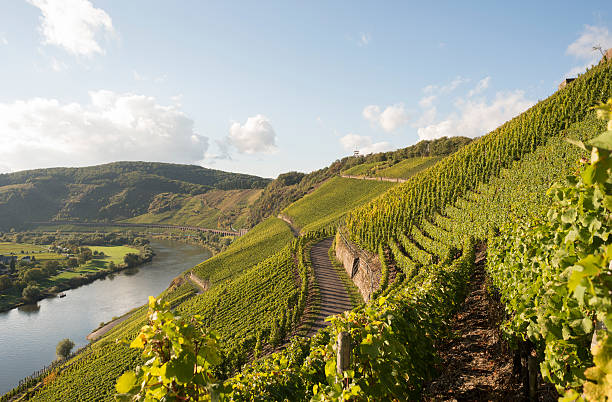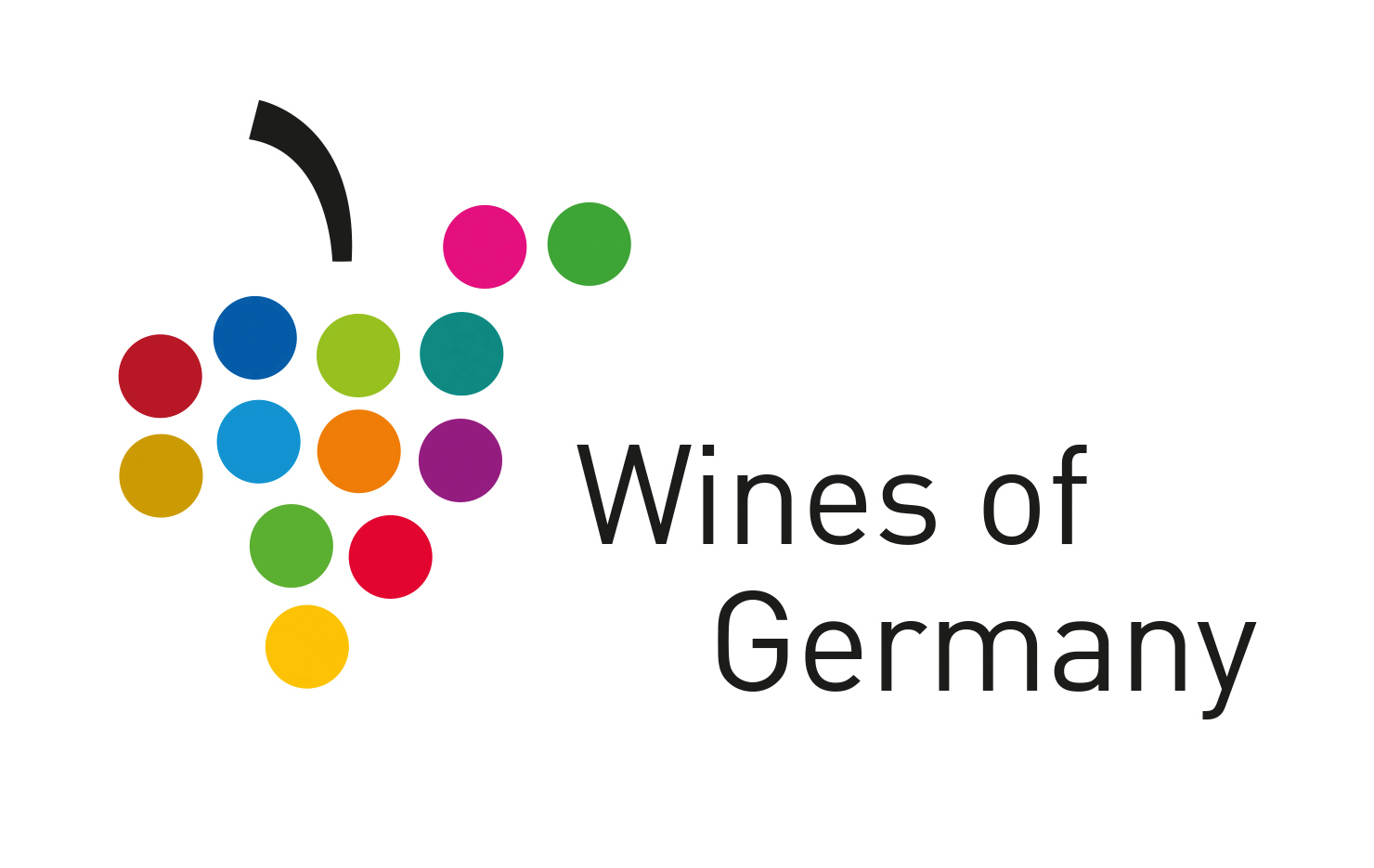The German Wine Institute (DWI) has analysed what particularly distinguishes the 13 German winegrowing regions based on the most recent government-led vineyard survey.

Ahr
With 531 hectares, the Ahr is one of the smaller growing regions in Germany. In 2023, the vineyard area grew by two hectares compared to the previous year. However, it has still not reached the level of 564 hectares that the region had before the flood disaster in 2021. With 79 per cent red grapes in cultivation, the Ahr has the highest percentage of red wine of all winegrowing regions. Around two thirds of the Ahr vineyards are planted with Spätburgunder, or Pinot Noir, (342 hectares).
Baden
Baden, Germany’s third largest winegrowing region, is making a specialism of the Burgundy varieties. Across the region’s 15,679 hectares, grape varieties from the Burgundy family account for a total of 62 per cent of the vineyards. Baden is number one in Germany for Pinot Noir (5,029 hectares) and Pinot Blanc (1,660 hectares). The new Souvignier Gris variety, which was bred in Freiburg, is now grown on 123 hectares in Baden. The Chasselas grape is a regional speciality in Markgräflerland.
Franken
The Franconians are particularly proud of their most important grape variety, Silvaner. With 1,563 hectares, it covers a quarter of Franken’s vineyards. Müller-Thurgau is also very important in this region. Together, these two varieties account for almost half of Franconian viticulture. 83 per cent of the 6,173-hectare growing area is planted with white varieties.
Hessische Bergstraße
With 461 hectares of vineyards, the Hessische Bergstraße ceded its position as the smallest German winegrowing region to the Mittelrhein last year. White wine varieties, above all Riesling and Pinot Gris, characterise viticulture here.
Mittelrhein
After losing six hectares of vineyards last year, Mittelrhein is now the smallest winegrowing region in Germany, with 460 hectares, mostly planted with Riesling.
Mosel
Along the Mosel and the side valleys of the Saar and Ruwer, 91 per cent of the 8,536 hectares are planted with white grape varieties. This proportion of white wine is the highest in Germany. Riesling in particular thrives here. Other specialities in Mosel are the Elbling variety and Pinot Noir as the third most important variety. With around 3,400 hectares of vineyards on steep slopes with a gradient of 30 per cent or more, the Mosel region is the largest steep-slope winegrowing area in the world.
Nahe
With 4250 hectares, the Nahe is one Germany’s larger winegrowing regions. In addition to Riesling, which is the most planted variety, Burgundy varieties are also popular Nahe. Soils in Nahe are very diverse.
Pfalz
Pfalz is the largest Riesling-growing region in the world. Add to this 7535 hectares dedicated to red wine, it is also Germany’s largest red winegrowing region. In addition to the classic red varieties, around half of Germany’s Merlot (429 hectares), Cabernet Sauvignon (256 hectares), Syrah (71 hectares) and Cabernet Franc (64 hectares) are also cultivated in Pfalz. There is also an 80-kilometre-long wine route!
Rheingau
The Rheingau has the clearest grape variety profile of all German wine-growing regions. It is particularly known for Riesling, which grows on 76 per cent of the region’s vineyard area, meaning Rheingau has the highest percentage of Riesling in Germany. Of the red grape varieties grown there, 85 per cent are Pinot Noir.
Rheinhessen
As the largest German winegrowing region, Rheinhessen has a good quarter of the total German vineyard area. Pinot Gris, Chardonnay, Riesling, Silvaner and Müller-Thurgau are important varieties in this region. The area planted with the new Souvignier Gris variety almost tripled from 35 ha to 96 ha in 2023 compared to the previous year.
Saale-Unstrut
Saale-Unstrut lies at the northern end of German quality wine growing. The region is particularly proud of its Pinot Blanc (117 hectares), which, together with Müller-Thurgau (122 hectares), is one of the most important grape varieties in the region at the 51st parallel.
Sachsen
Sachsen has also expanded its vineyard area relatively significantly since 1990, from 300 hectares to 522 hectares last year. In Germany’s easternmost winegrowing region, the effects of climate change are very noticeable. Here, Riesling which ripens relatively late, is now the most important grape variety. Of the red wine varieties, which make up around a fifth of Saxony’s viticulture, Pinot Noir accounts for almost half of the area.
Württemberg
Germany’s second largest red wine region, Württemberg is known for Trollinger and Lemberger more than any other region. Pinot Noir and Schwarzriesling also play a major role in red wine cultivation.


